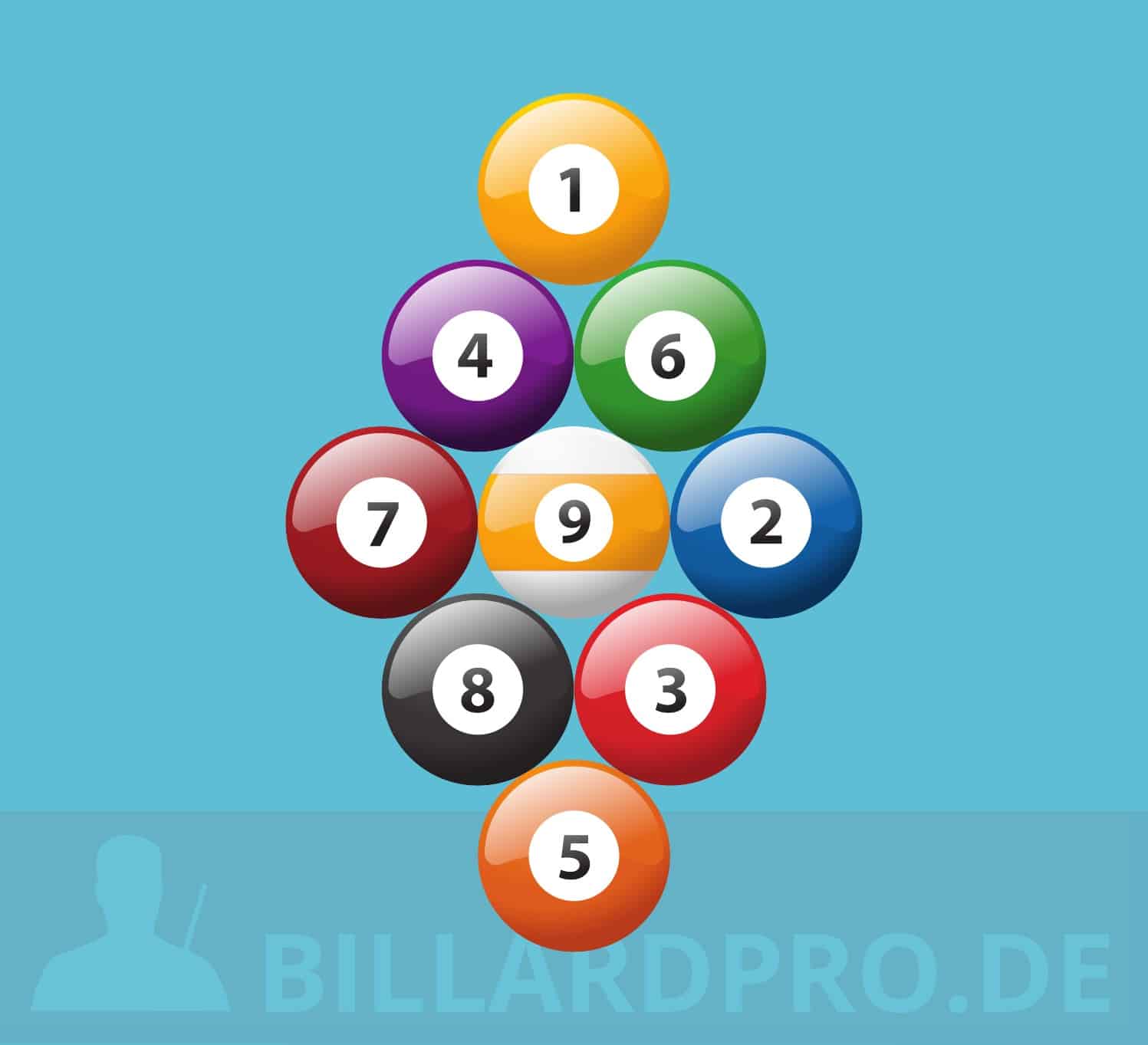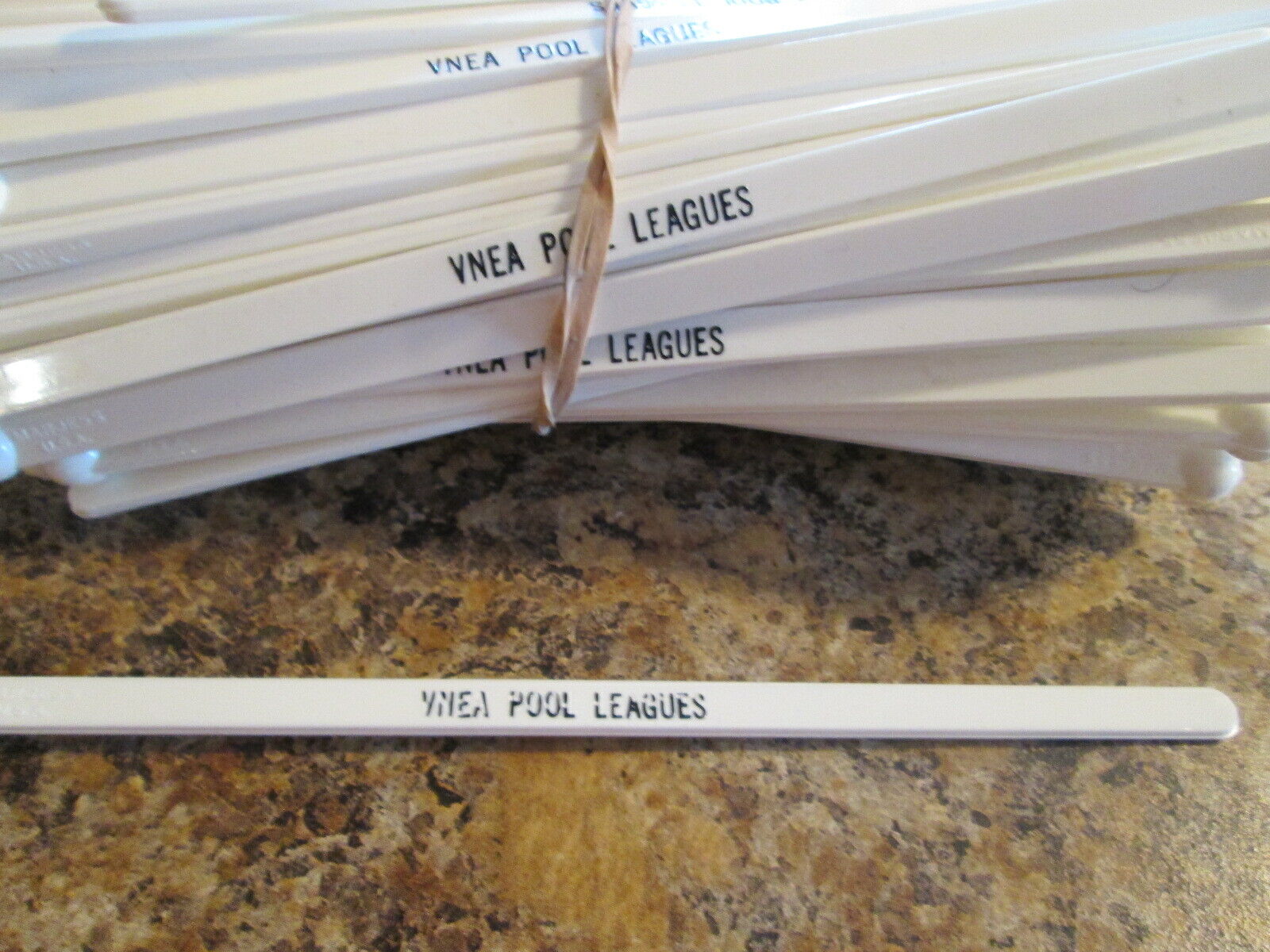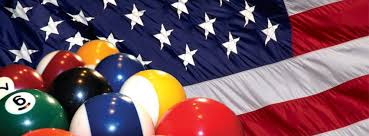
Three cushion billiards can be described as a game of billiards played on a table measuring five by ten feet. The object is to have the cueball contact three rails, before it contacts the second object. Each successful carom is worth one point. The shooter can pocket any of the objects balls. However, an opponent cannot receive a points. The player who pockets the most objects wins the frame.
The table is bigger than the standard pool table to allow three players to play cushion billiards. A cue ball is placed on one end of the table and a red ball is used on the other. To line up their shot, players use silver dots at the table. This requires accurate calculation of angles and distances. The object ball is then pocketed after the shot has been completed.
Three cushion billiards can be described as an evolved form straight rail billiards. It is believed to have originated in the 1870s. However, Wayman Crow Mccreery made it popular. McCreery was an Internal revenue collector from Port Saint Louis, Missouri. He first played the game for fun and later patented it. Three cushion billiards were a popular choice for many players in the 1950s.

The object of a shot in three cushion billiards is for the object ball to contact three rails before it reaches the cue ball. You can do this in any order but the goal is to hit both cushions.
Before hitting the object balls, the shooter must call out for the bank shot. There are many options for this shot. The single rail shot is the most common.
A 3-rail shot, another type bank shot, is also possible. Several different ways can be employed, such as the Magic Spot, which is when the ball hits the rail in one corner of the table and the cushion on the opposite side. You can also use a distant point or a bank shot with multiple rails.
Typically, when shooting a bank shot, the object ball must hit the cushion first. There are exceptions. The object ball can be hit before it bounces on a rail, or after it has been cushioned. Using a single rail bank shot as an example, the object ball would bounce off the rail before going into the pocket.

These rules are based on Standard World rules. Any object ball may be pocketed by the player using the bank shot. The shooter may continue to the next inning after the object ball has been taken.
If the object ball has been pocketed against the shooter's call shot, it is considered an out. Italics are used to indicate any fouls or illegal breaks. Similarly, the opponent can take their turn.
In pool, the main way to get objects is through bank shots. Bank Pool has a different objective than in nine-ball and eight-ball. The object is to outscore your opponent(s) by using bank shots to pocket the balls.